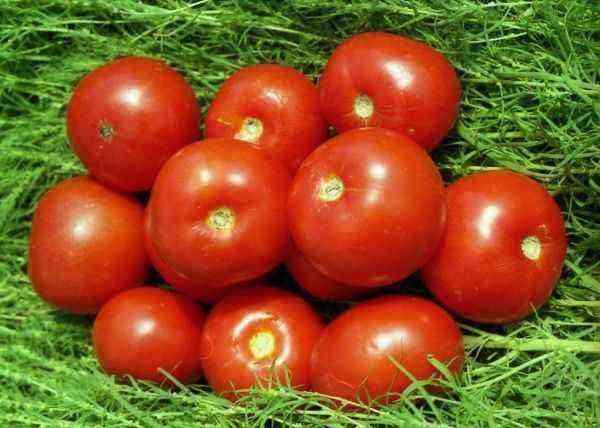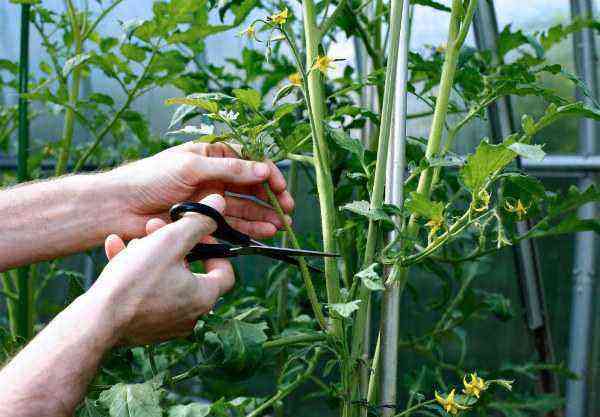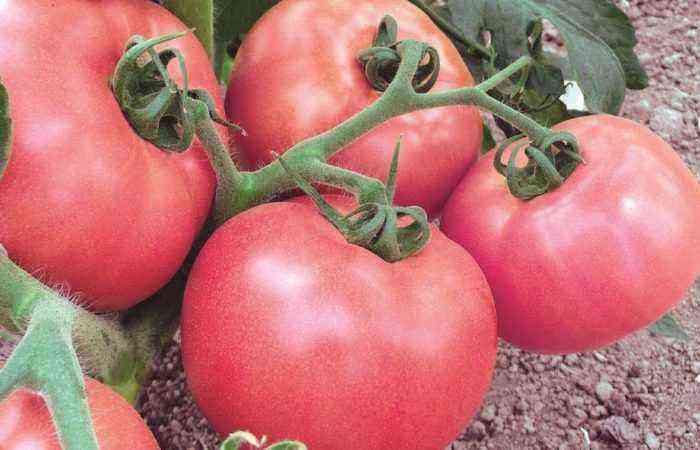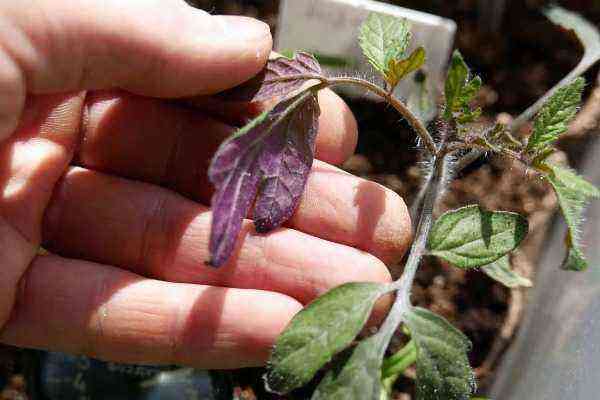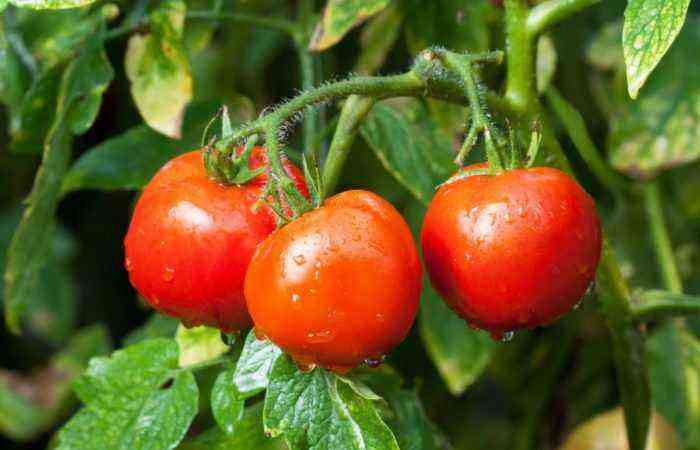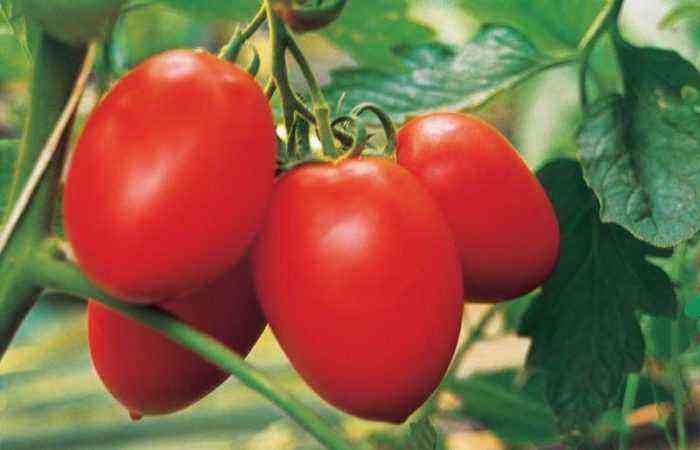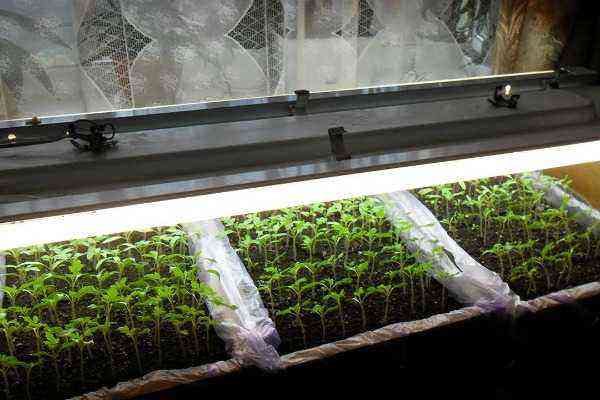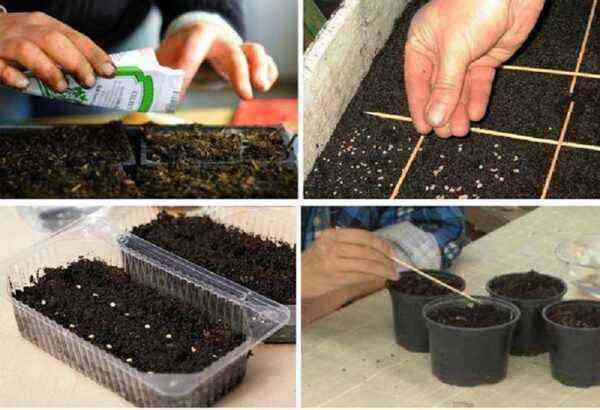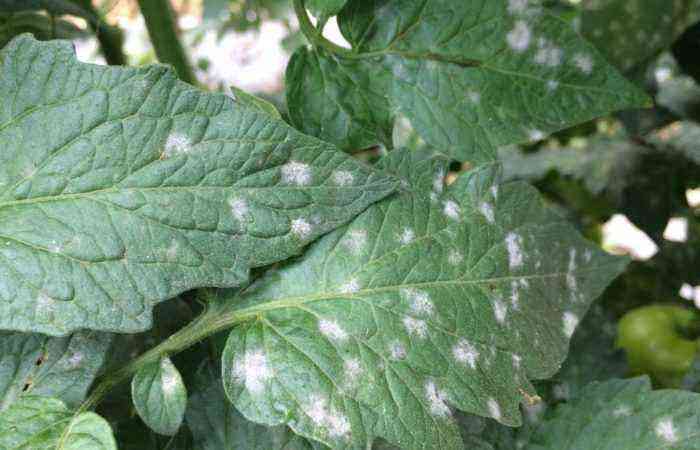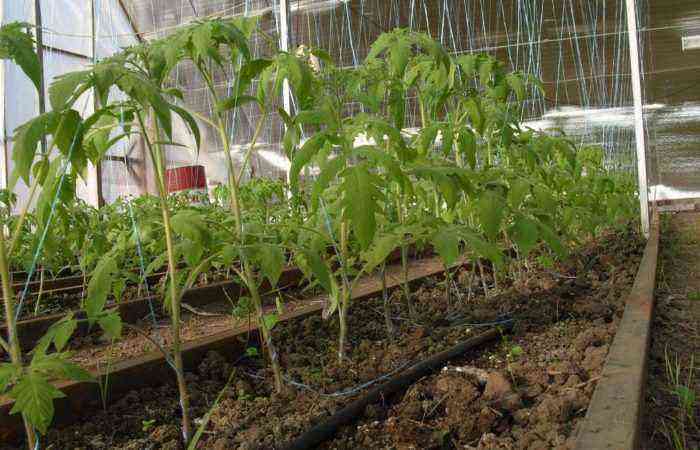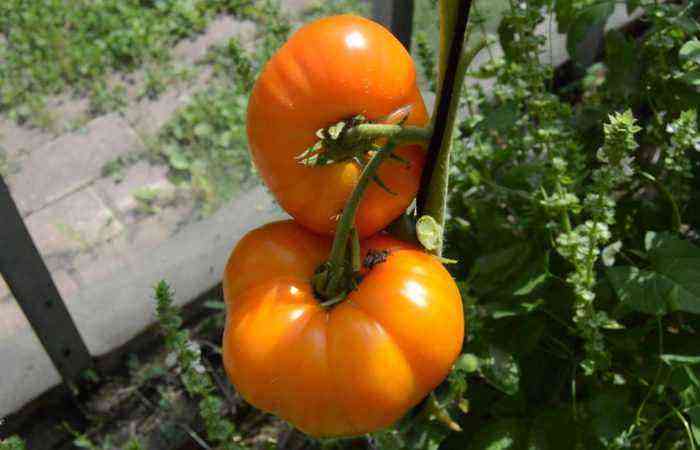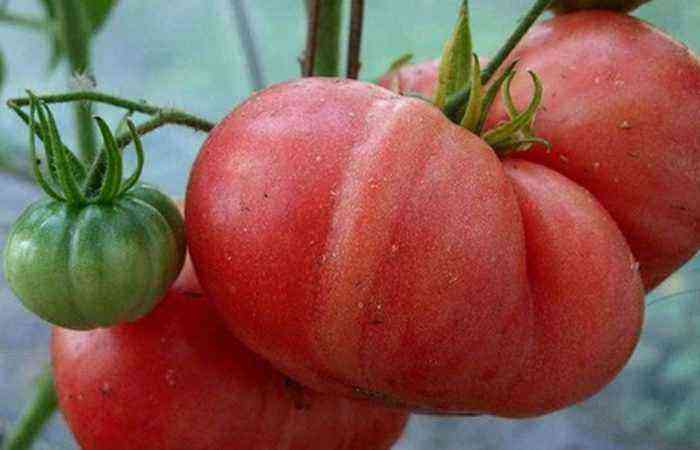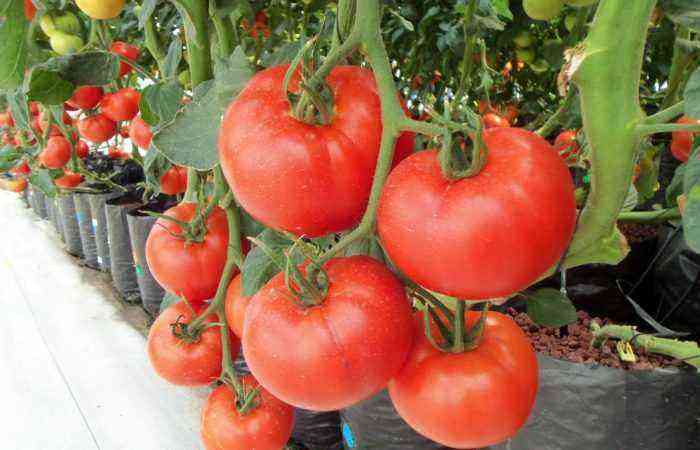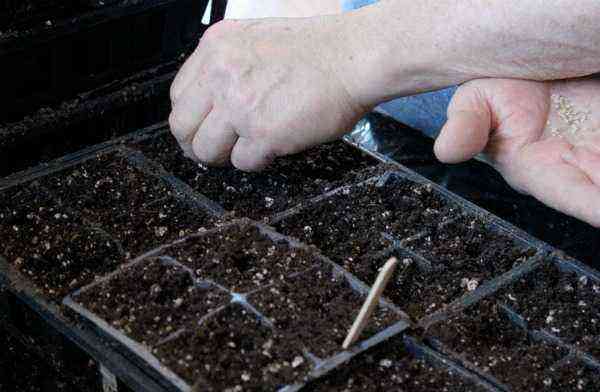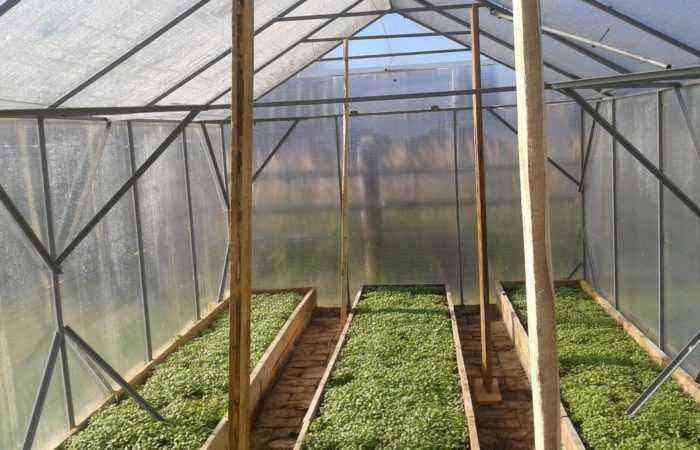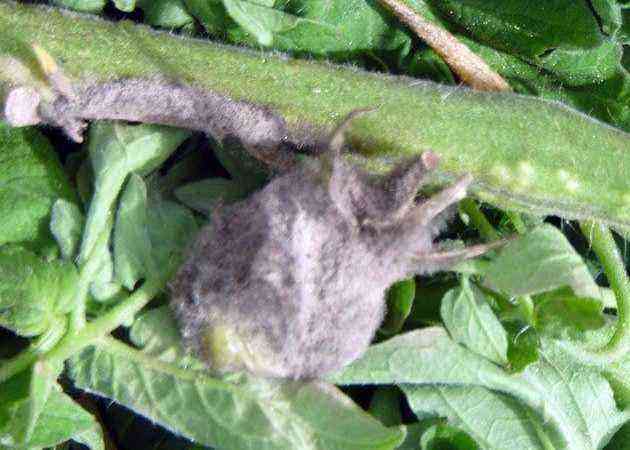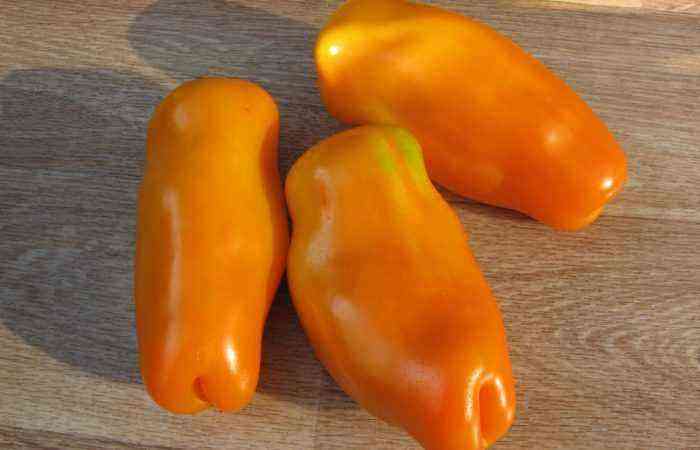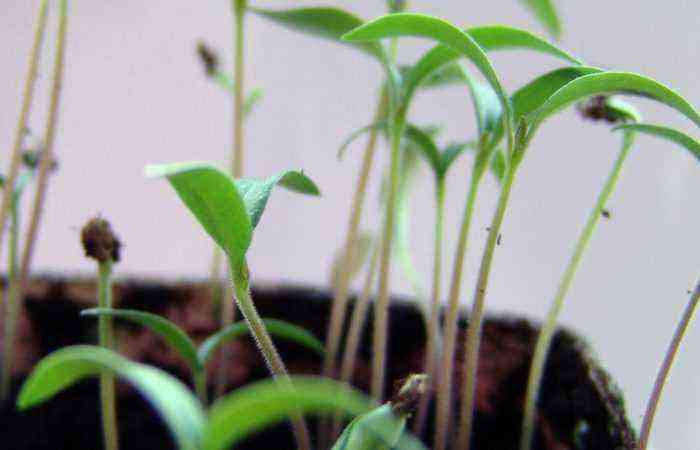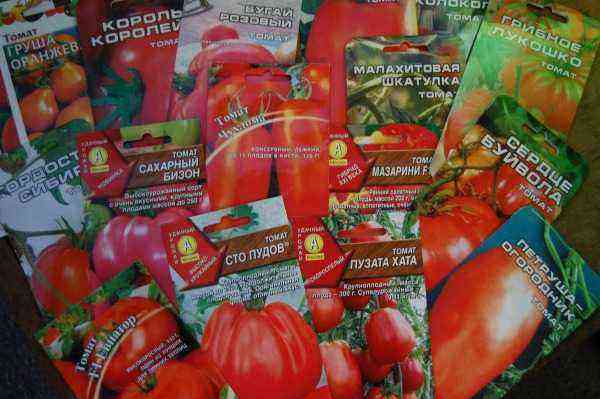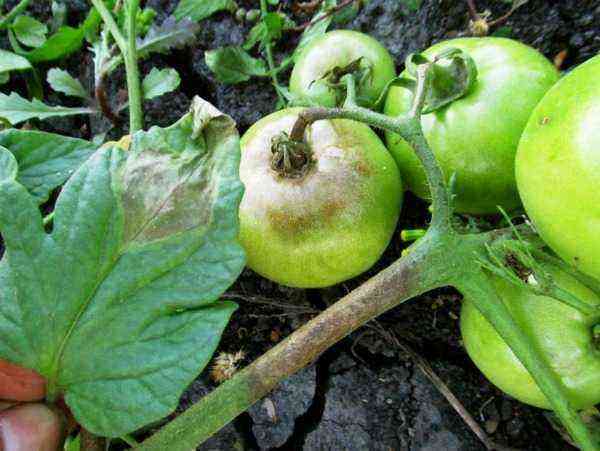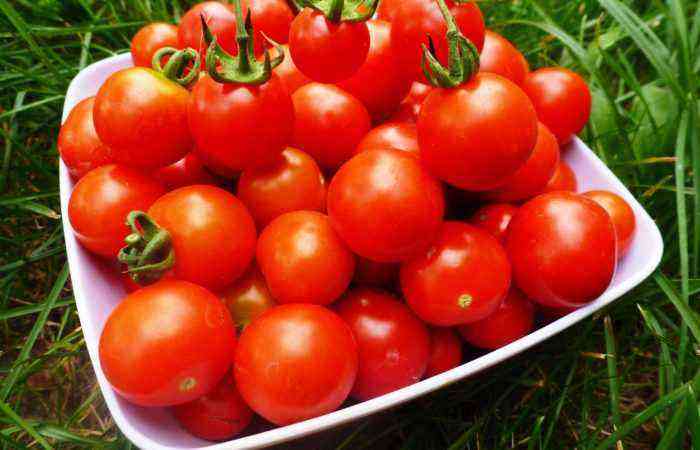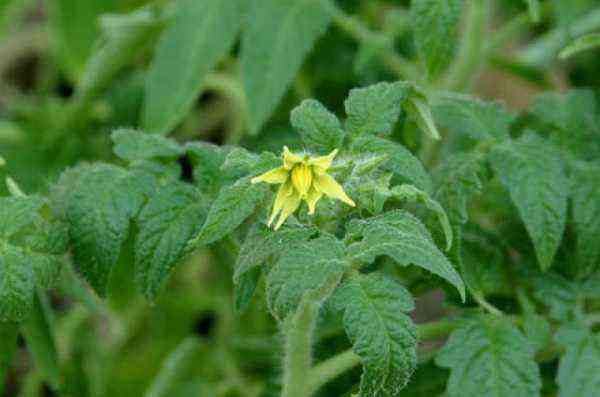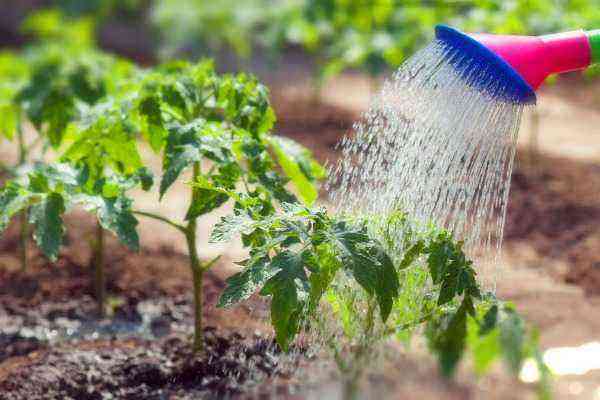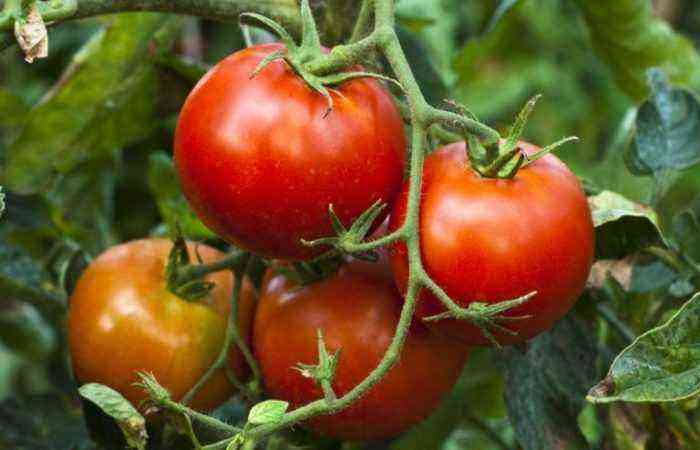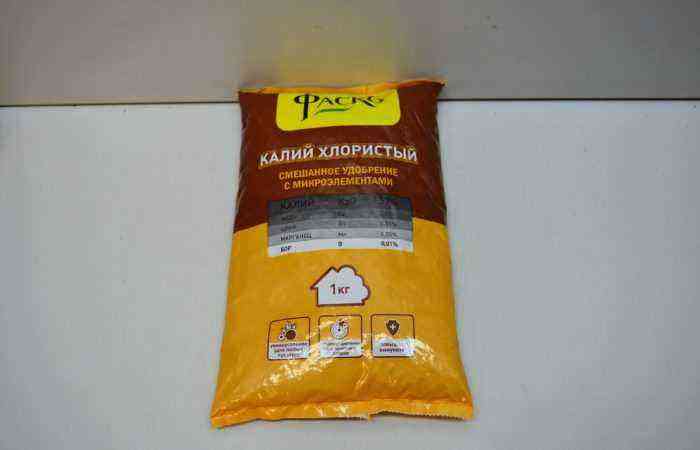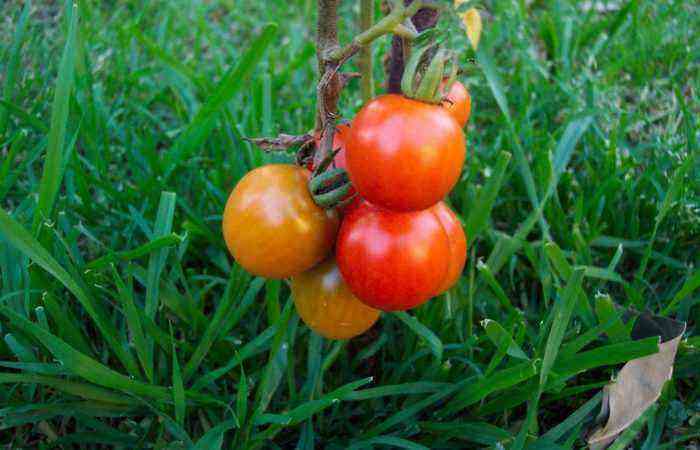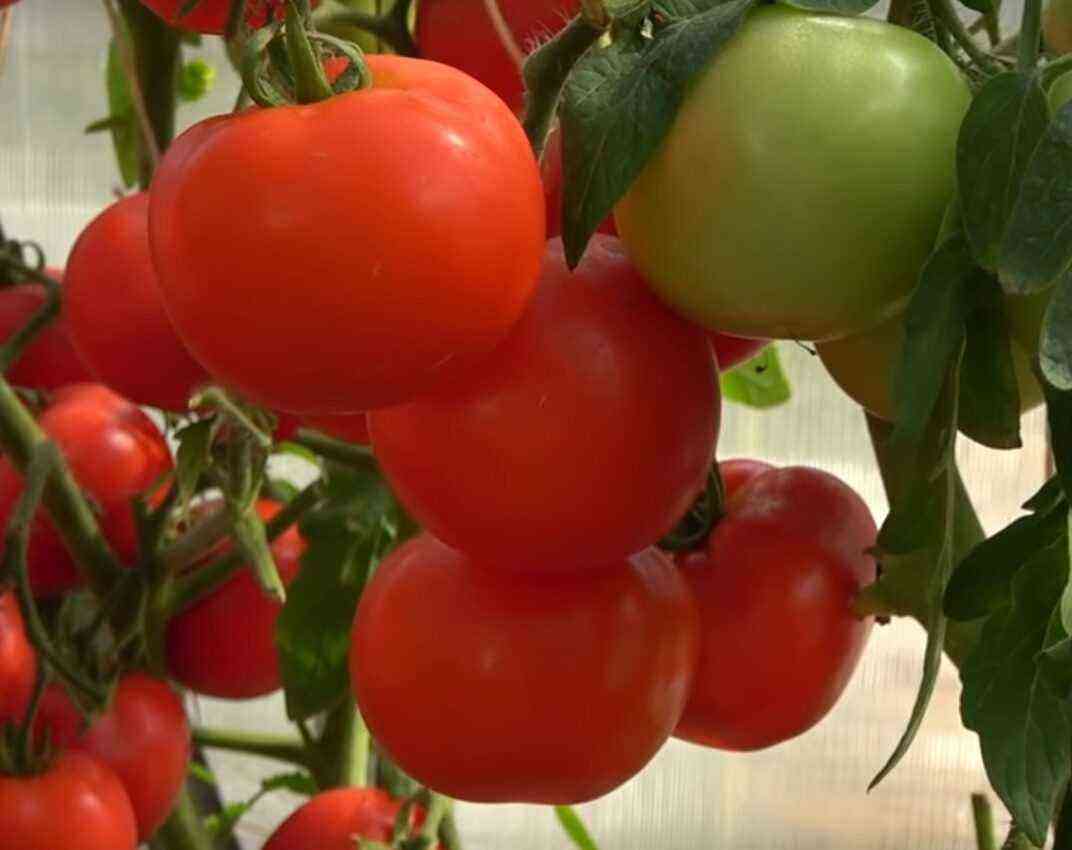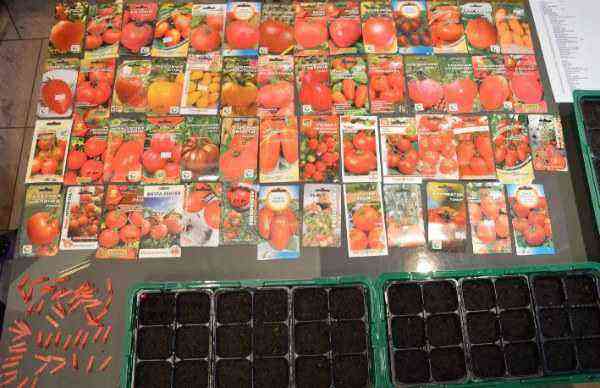It is still frosty February outside the window, and gardeners are already making room on the windowsills for future seedlings. But it is still sorely lacking to accommodate all the planned crops. We suggest you save part of the usable area and grow seedlings in “snails” and “diapers”.
What is a “snail” or the method of Yulia Minyaeva
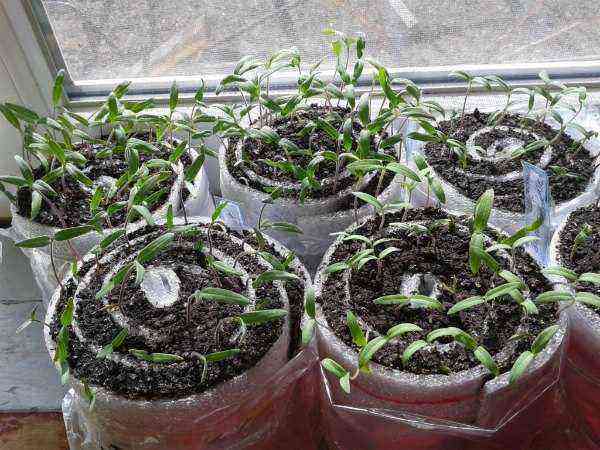
The method of sowing seeds in rolls or “twists” was proposed by an agronomist of the former Soviet Union in the distant 60s and was called (conditionally) “Seedlings in Moscow” or “Sowing seeds in paper rolls”.
For these purposes, newsprint was most often used, hence the name. This method significantly saved the space occupied by seedlings, but had one drawback: over time, the paper got soaked, the roots made their way out and intertwined.
Modern gardeners-innovators, in particular Yulia Minyaeva, have improved the Kerimov method, having the advantage of consumables. Plastic bags and a construction substrate for a laminate are used. These materials are distinguished by durability and, most importantly, availability and low cost.
After use, the construction substrate is easy to wash and store until the next season. Places take up a minimum in comparison with the seedling box.
How to plant tomatoes in a “snail”
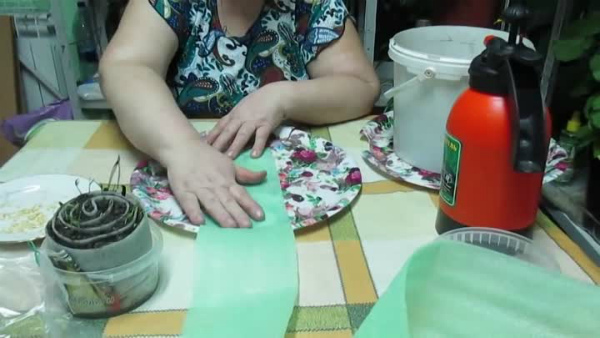
Sowing vegetables in the “snail” involves 2 ways.
- seeds are germinated without the use of land on toilet paper;
- sowing is carried out on a layer of soil 1-1,5 cm thick.
In any case, the gardener will need:
- plastic wrap (you can use already used one) or disposable lunch bags,
- building substrate,
- toilet paper,
- scissors or knife
- Earth,
- seeds.
How to plant tomatoes in a “snail” without land
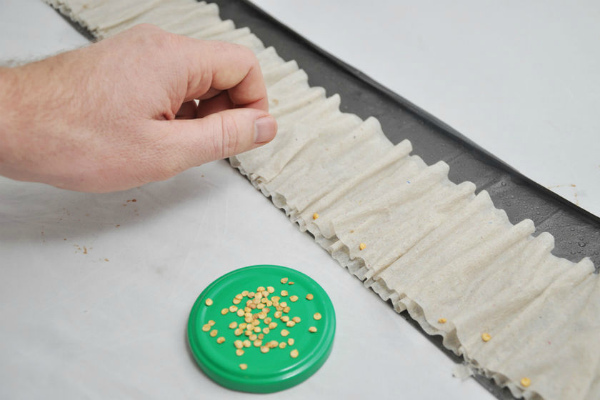
It should be immediately noted that when using this method, tomato seeds can not be pre-soaked and germinated.
These activities replace the method of growing seedlings without land.
- It is necessary to prepare a strip of plastic film with a width equal to the width of the toilet paper web – this is the base.
- Lay 2 layers of paper over it.
- We moisten from a spray bottle with a solution of the drug “Epin” or “Zircon”, “Energen”, “Chlorella Suspension”. You can use any other biogrowth stimulant.
Chlorella suspension is a natural biostimulant that accelerates root formation, increases resistance to stress, and a natural antibiotic completely destroys pathogenic microorganisms.
- Stepping back from the top edge of 1 cm, we will begin to lay out the seeds of tomatoes, observing the same interval between the grains.
- Seeds cling well to a moistened match or toothpick and also remain well on wet paper.
- On top of the seeds, lay another layer of paper and slightly moisten.
- Now carefully roll up the cigarette, fasten it with an elastic band or tape and put it in a glass with a small level (1-1,5 cm) of the same biostimulant.
- Be sure to write on the roll the variety of tomato that was sown.
The method of growing seedlings without land is recommended to be used until the stage of formation of cotyledon leaves.
For further development, the plant requires a large amount of nutrients, and paper simply does not have them. This method is also good for determining the percentage of seed germination.
Having a large supply of seed from his own plot, the gardener, without spending time, effort and usable area, will choose the strongest and healthiest sprouts from the seedlings. In addition, the seedlings are sterile and are never subject to the “black leg” disease.
How to plant tomatoes in a “snail” with the ground
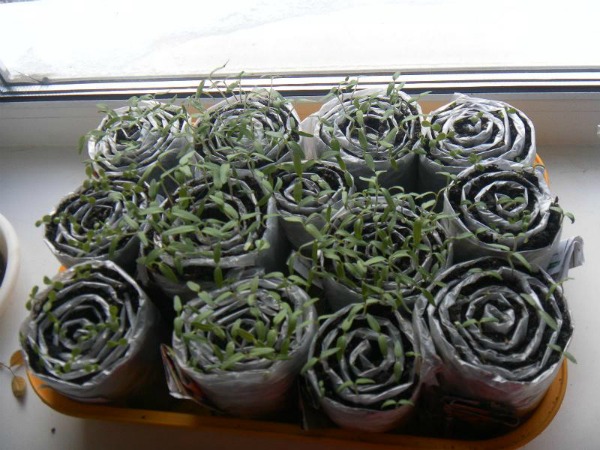
Those who do not risk replanting seedlings at the stage of cotyledon leaves can sow seeds in the same “snails”, but with soil and wait for tomato bushes with 2-3 leaves.
For this method, it is more appropriate to use a substrate under the laminate. “Snail” keeps its shape better and is more stable.
- To begin with, we determine the place of work and prepare a strip of base 10 cm wide. Knowing how many seeds you have, you can approximately calculate its length. But it is more convenient to work with a canvas of 80-100 cm.
- Having placed the substrate on a flat surface with the narrow side towards us, pour the earth and level it, slightly compacting it. The result should be a layer 1-1,5 cm thick. We wet the surface with a spray gun and proceed to sowing.
- With a match or hands, spread the tomato seeds on the surface, stepping back from the top edge of 1 cm. Leave the distance between the grains 1,5-2 cm.
- We turn off the “snail”, without making much effort, otherwise the earth will be squeezed out.
- We pour soil on the next section of the base and repeat the above steps.
When the “roll” stuffed with earth and seeds is ready, you need to fix it. Scotch tape, stationery rubber bands or any sticky tape is suitable for this.
The “snail” is installed in a transparent container – it is easier to regulate the water level during irrigation. A plastic bag is put on top – a greenhouse effect is created.
Now the whole structure should be placed in a warm place with t = 25-28⁰C. This is the optimum temperature for tomato seed germination.
What other plants can be planted in “snails”
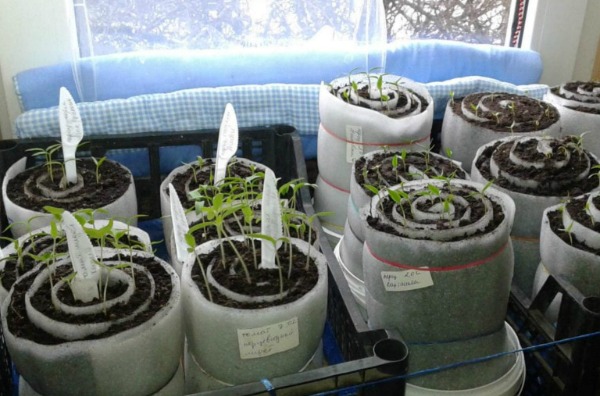 Seedlings of pepper in a snail
Seedlings of pepper in a snail
The savings in usable area are felt immediately, and gardeners who use this method for the first time have a desire to sow something else in the same way. Easy!
In “snails” you can sow peppers, eggplant, cabbage, black onions, melons, watermelons, cucumbers, all kinds of flowers.
Only the sowing depth is adjustable. For small seeds, such as cabbage or nigella, the margin from the top edge is slightly reduced.
For very small seeds, such as petunia, they first prepare a “snail” with the ground, and only then they sow on the soil surface.
How to dive into the “diaper”
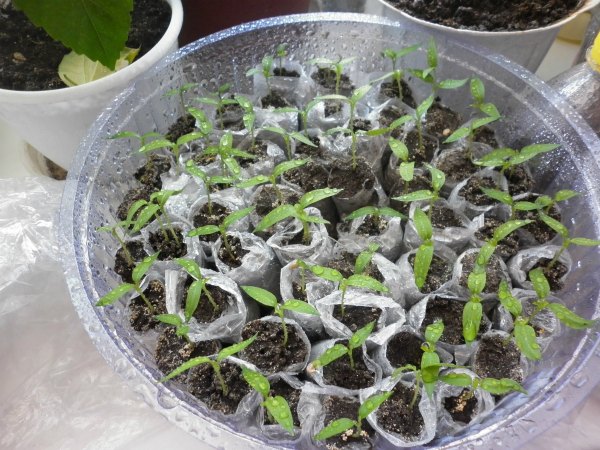
We continue to save space on the windowsill, and we will spread the grown seedlings into “diapers”. Again, you will need a construction substrate or plastic film.
This material will serve as “diapers” for sprouts.
- We are preparing a workplace where a low container with fertile and slightly moist soil should be located in the immediate vicinity.
- It is necessary to prepare a container in which impromptu cups with seedlings will be installed. It is advisable to fill the bottom of the container with wet sawdust, if you do not plan to bend the film to make the bottom.
- Always have a small watering can or spray bottle on hand.
- A spoon or small spatula will be needed to separate the sprouts from the substrate in the “snail”.
- Toilet paper will come in handy if you decide to make a cup with a bottom. During operation, the earth will not crumble from below, but you can do without it.
- Stationery gum (adhesive tape) may be needed if the substrate serves as a “diaper” – they are put on a cup for fastening. If the sprout is transplanted into a roll of polyethylene film, then this is not necessary, they are already holding up well.
Let’s start the process of swaddling tomato sprouts. Work is more convenient to carry out on a pallet with low sides. It is easier and easier to clean the crumbled earth from it.
- The base is placed on the pallet with the narrow side facing you. In the lower part, at 1/3 of the height, a strip of toilet paper is laid, equal to the length of the film – this is the bottom of the cup.
- Pour a large spoon (or a handful) of earth, stepping back from the edge of 7-8 cm, and moisten from a sprayer.
- The “snail” is unfolded and the desired sprout is selected. With a spatula, they are removed from the substrate and transferred to the “diaper”.
- Pour another spoon or two of earth on top. Toilet paper is wrapped up and sprayed so that you do not have to hold it.
- It remains to wrap the film to get a glass with a sprout inside.
If the soil from the upper part crumbled, it is filled up to the brim.
Cotyledon leaves should be 1-1,5 cm above ground level
Seedlings spiced in this way will have a separate feeding area, it can be easily rotated around its axis for uniform illumination.
Picking tomatoes in diapers – video
Cultivation in the “snail” without diving
But if you wish, you can exclude the dive of seedlings into “diapers”.
- To do this, when sowing tomato seeds in the “snail”, increase the distance between the seeds to 7-10 cm.
- After the seedlings complete the formation of 2-3 true leaves, and the nutrients are running out, the bundle is unfolded and the fertile soil is poured into the root system area.
- Then the bundle is returned to its original form and provided with proper care.
Timely watering, fertilizing with complex fertilizers once every 1 weeks and sufficient lighting will help grow strong seedlings at no extra cost.
The longest period of keeping sprouts in such conditions is one and a half months. After that, the seedlings are planted in a greenhouse.
The advantage of this method is that the plant does not need time to adapt after transplantation. The entire growing period will be spent on the development of the root system and the growth of green mass.
Growing tomatoes in a snail without picking – video
Seedling care in “snails” and “diapers”
“Snail” with crops of tomatoes is warm under the cap of a plastic bag. At this time, they need daily ventilation and removal of condensate, in order to prevent the appearance of mold on the soil surface. If necessary – spraying the soil from the sprayer.
After the appearance of the first sprouts, the container with the “snail” is rearranged in a bright place. After mass shoots, the “snail” is released from the shelter from the bag and regularly rotated around its axis if the sprouts lean in search of light.
Seedlings from early sowings need additional lighting. Light day for tomato seedlings should be at least 12 hours a day.
Watering the seedlings is carried out in a container, making sure that the water is not constantly in it. A week before diving, they are fed with complex fertilizers, but in a lower concentration.
After transplanting into “diapers”, the seedlings are shaded and not watered for several days (4-5). Further care for young tomato bushes consists in regular watering and providing the necessary amount of light. Once every 2 weeks, watering is combined with top dressing with a full range of fertilizers.
The advantages and disadvantages of the method

Each gardener has his own experience of growing tomatoes in “snails” and “diapers”. But there are general parameters that speak for and against this method.
Advantages
- The first and generally recognized advantage of the method of sowing in “snails” and “diapers” is to save space on the gardener’s first spring bed – the windowsill.
- Soil savings. The soil is used only for the development of the root system.
- You can grow seedlings before planting in open ground. To do this, it is necessary to sow the seeds at a distance of 7-10 cm from each other and periodically add soil to the root system.
- Significant budget savings. Purchased containers and mini-greenhouses for seedlings are much more expensive than building substrate.
- Space saving. Volumetric seedling boxes must be stored somewhere, and after washing, small strips of the substrate are rolled into small rolls and put away in a secluded corner.
- When transplanting plants from the “snail” to the “diaper”, it is possible to interrupt work at any time. The roots of neighboring shoots are not damaged, as they do not touch each other. A handful of earth is poured into the vacated place and folded. “Snail” will wait in the wings.
- There is no risk of intertwining root systems and transmission of diseases through the soil.
- There is a real opportunity to increase the volume of soil in the “diaper”. To do this, they simply unfold it and add the right amount of earth.
Of shortcomings method can highlight the painstaking work, lack of skills and dexterity. But experience comes with practice, and gardeners have excellent patience.
Common mistakes gardeners make
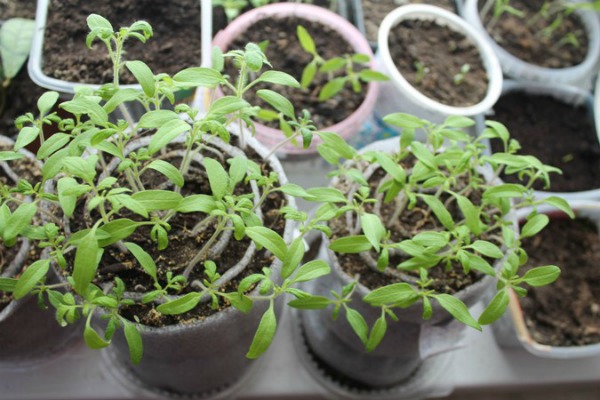
With all the positive qualities of the method of planting in “snails” and “diapers”, seedlings can be ruined. And the reason for this is the gardeners themselves, who make some mistakes.
- Uncontrolled watering leads to excess moisture in the soil. The root system experiences oxygen starvation and often rots.
- Wrong choice of tomato variety. In a city apartment, it is better to grow determinant varieties. In tall varieties, with this method of cultivation, the formation of a flower brush is disrupted and the stem bifurcates.
- Do not sow tomato seeds for seedlings before mid March. Plants from early crops often stretch, have thin stems and pale green foliage.
Growth Problems
The problems of growing seedlings at home are most often created by gardeners themselves. It happens that a seemingly healthy plant breaks and falls. This is a sure sign of defeat, the so-called “black leg”. The reason may lie
- in increased acidity of the soil;
- in high soil moisture;
- dense landing;
- a sharp change in temperature;
- in the use of contaminated soil and seed.
It is unlikely that it will be possible to save infected plants, but it is necessary to revise the seedlings. Remove damaged plants and spill the ground with 1% manganese solution. The problem is easier to prevent than to treat, so constant monitoring of air temperature and soil moisture is recommended.
Yellowed leaves on tomato seedlings can also be the result of water imbalance. In this case, the reason may lie not only in overdrying the soil, but also in waterlogging.
The next factor is the lack of trace elements. If everything is in order with irrigation, it is recommended to apply a full range of mineral fertilizers. You can use the preparations “Emerald”, “Fertika Lux”, “Ferovit”.
Heavy soil in the seedling box dooms the seedling root system to oxygen starvation, and yellowed foliage may be the result.
Often on the windowsills you can see elongated, thin and weak tomato bushes. Most likely, the seeds were sown early, and she did not have enough sunlight. Do not despair. Such seedlings should be planted in the ground with a significant penetration of the stem into the soil. The stem will give additional roots and the gardener will have a good crop of tomatoes.
Reviews of gardeners about the method

Lubastic 12 January 22, 2017 17:45
Last year, due to lack of space, part of the tomato seedlings were grown in diapers. I did not like the result: the plants looked dead and could not be compared with those grown in boxes. Watering is difficult and inconvenient – stretch far. Land is also difficult to add. One advantage: they take up little space.
Sobolev March 10, 2017 Pervouralsk 16:50
I am very glad that I learned about this method of growing seedlings. The first experience was very successful. It seems that more has come up than I have sown. Eggplants, peppers, flowers are such thick-legged handsome men. I haven’t dived yet, but I will definitely do it in diapers.
Akshiri March 15, 2017 Yekaterinburg 14:46
I have been planting in snails for the first year, I tried it according to the recommendations of Yulia Minyaeva. Girls, beauty! The mother-in-law sowed in the old fashioned way, all the peppers died. Now she asks to tell about my method and is waiting for me to give her seedlings of peppers.
Zanoza March 16, 2017 Sverdlovsk 12:38
Personally, I really liked sowing in snails. I sowed tomatoes in peat pots and snails at the same time. In peat pots, the sprouts are stretched out, and in the snail they sit strong.
Tomato seedlings in a snail – the method of Yulia Minyaeva: video
How many gardeners in Russia, so many opinions about growing tomato seedlings in “snails” and “diapers”. But to have your own, you must definitely add this method to your piggy bank and try it out on your plants. Perhaps this is the only way to unload the window sill from excess containers, but at the same time grow a large number of strong and healthy seedlings.

